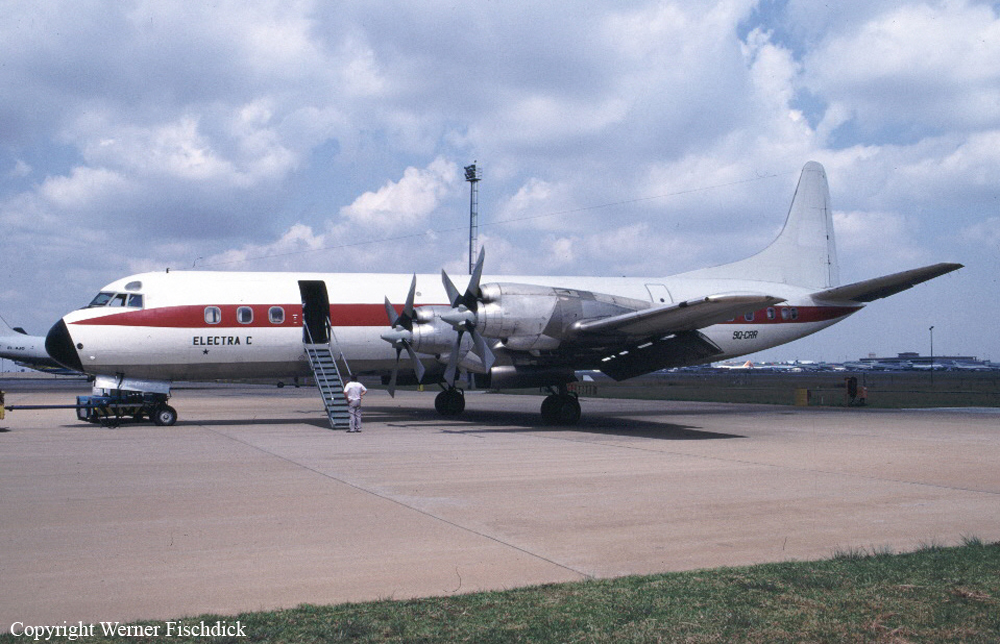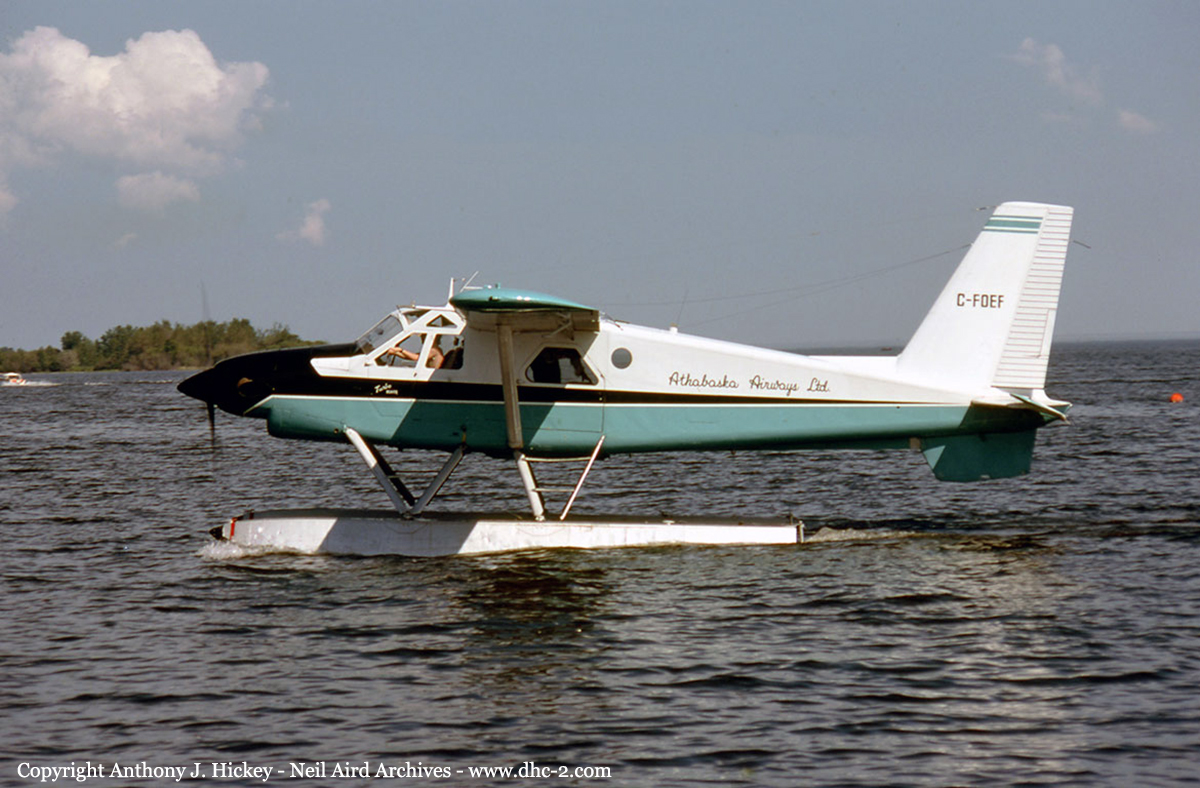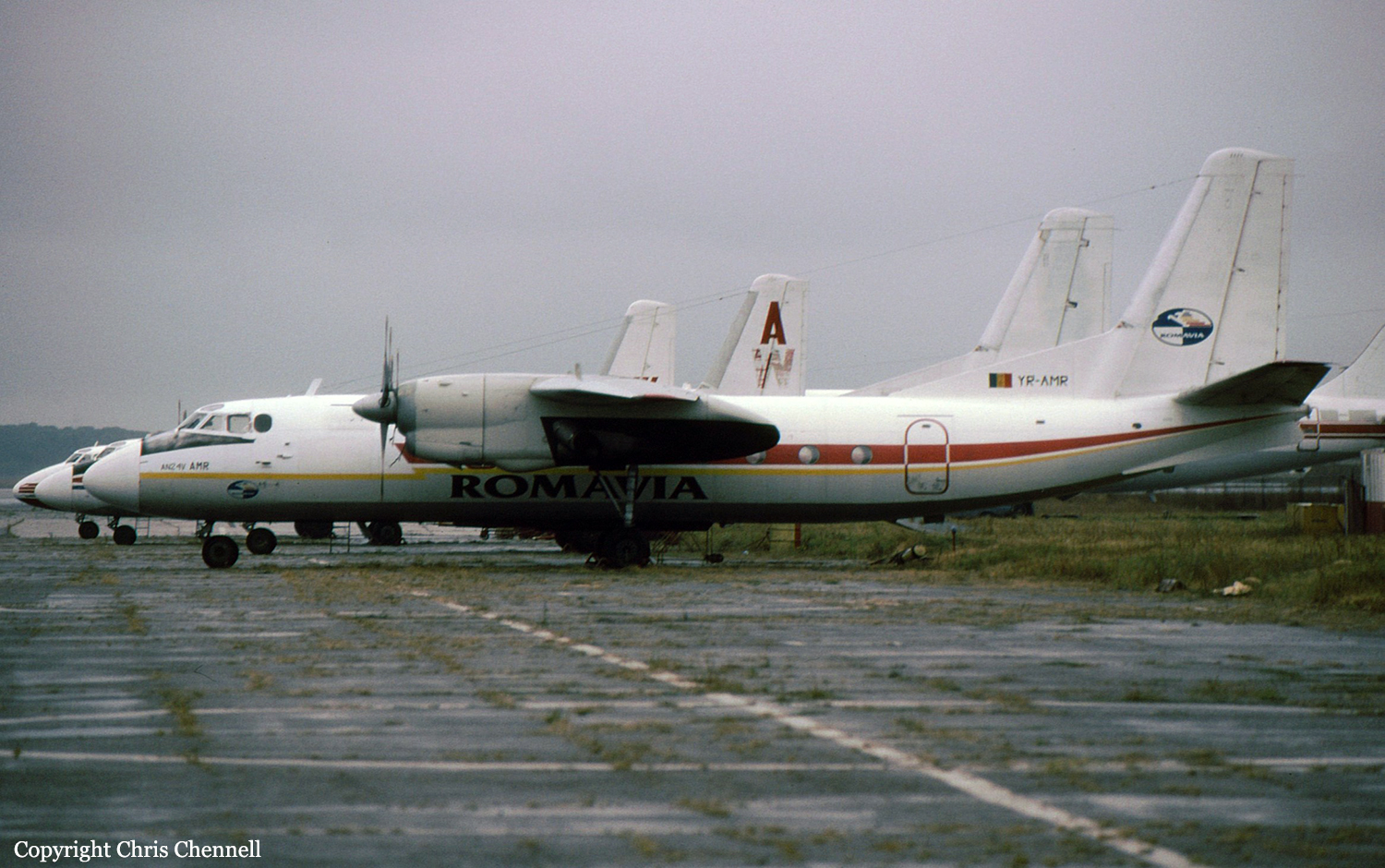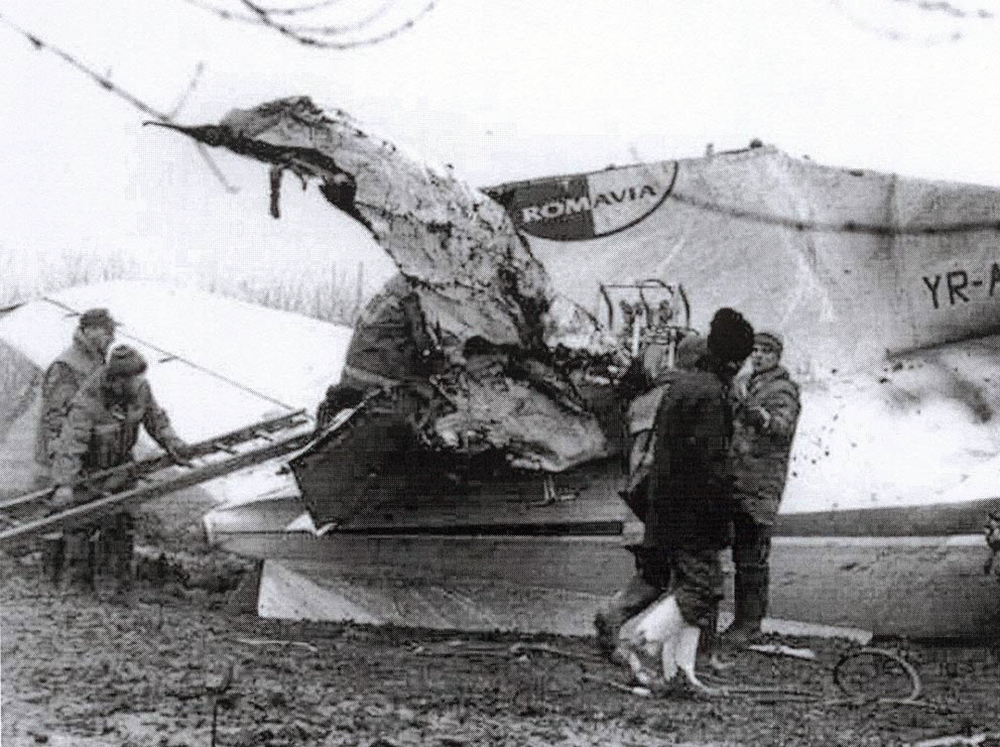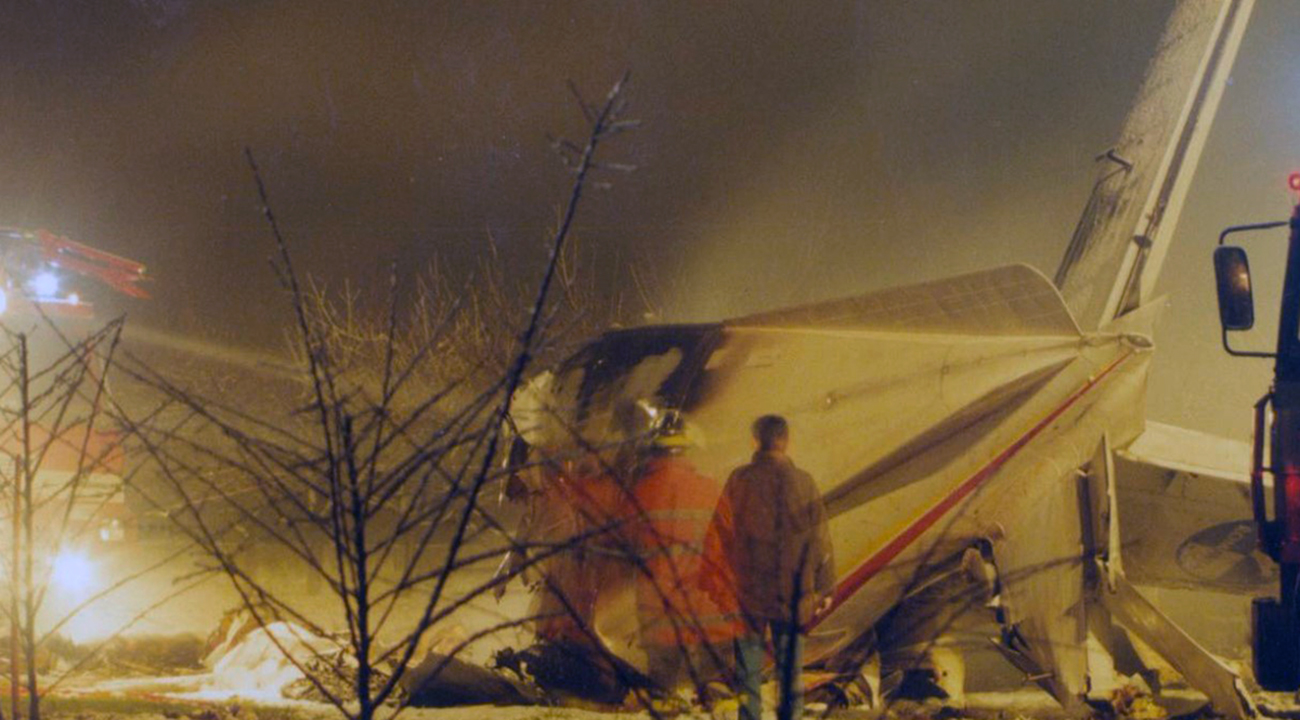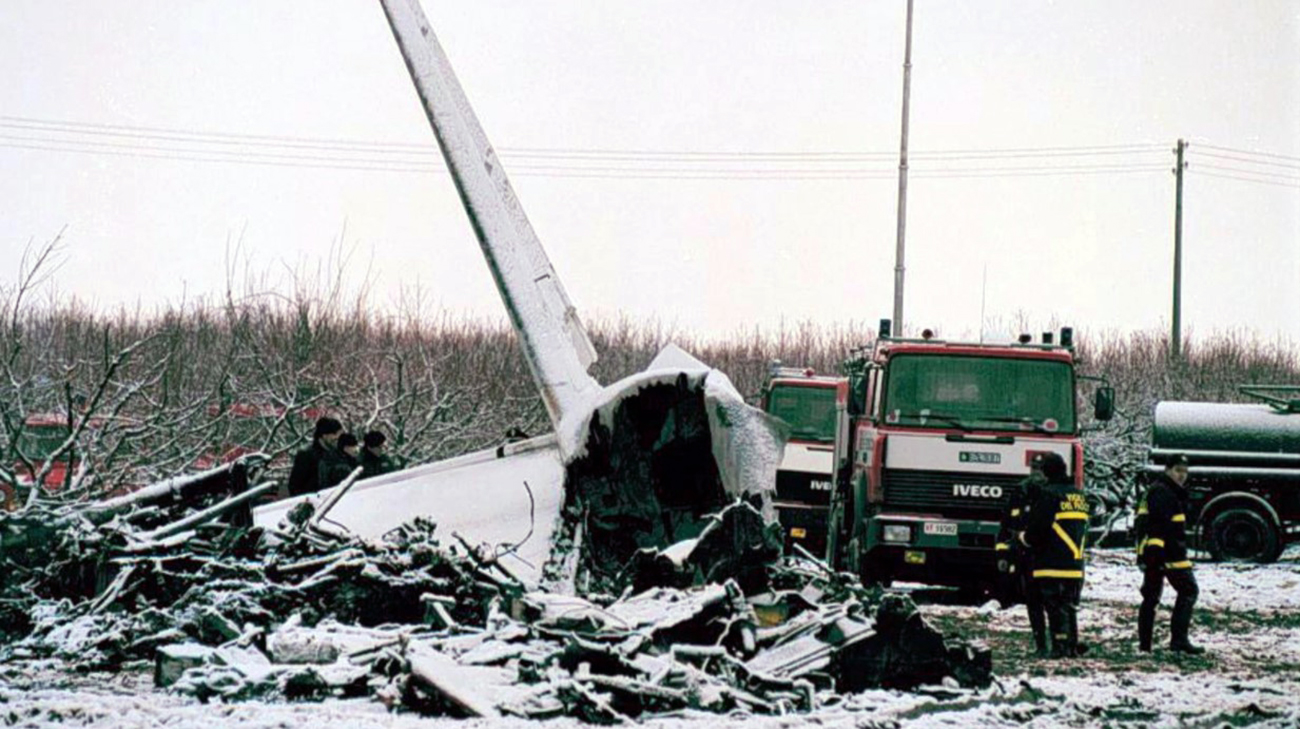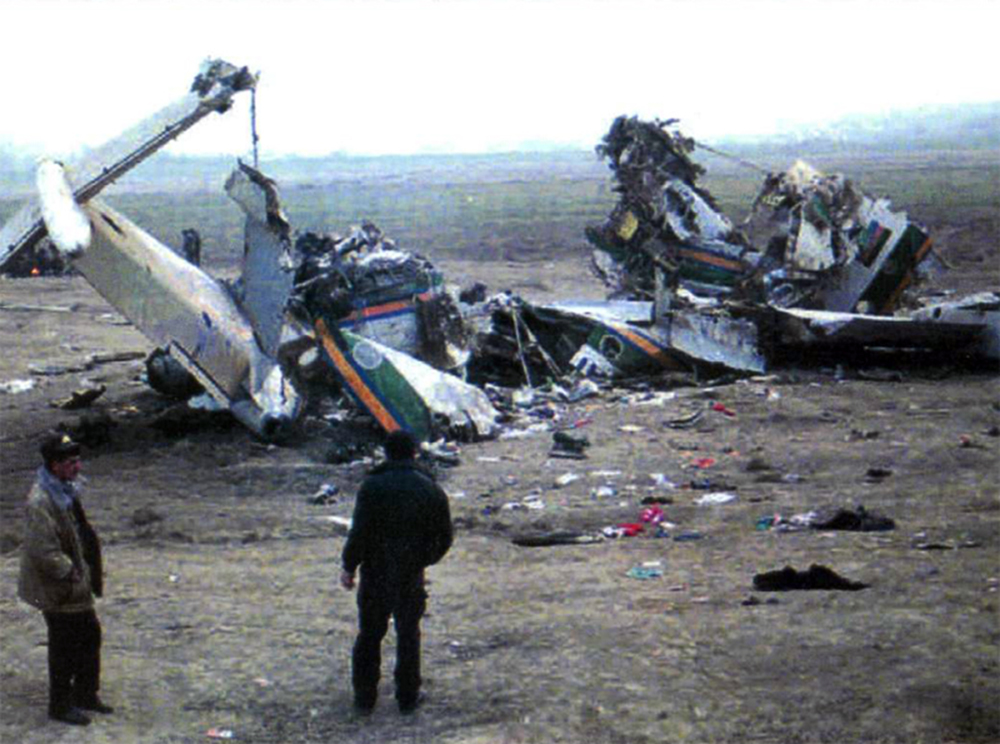Crash of a Lockheed L-188C Electra in Jamba: 141 killed
Date & Time:
Dec 18, 1995
Registration:
9Q-CRR
Survivors:
Yes
Schedule:
Jamba - Kinshasa
MSN:
1080
YOM:
1959
Crew on board:
5
Crew fatalities:
Pax on board:
139
Pax fatalities:
Other fatalities:
Total fatalities:
141
Circumstances:
After takeoff from Jamba Airport, the four engine aircraft encountered difficulties to gain height, stalled and crashed in a field located few km from the airfield. The copilot and two passengers survived while 141 other occupants were killed, among them 83 children. The aircraft was completing a charter/humanitarian flight to Kinshasa to repatriate Congolese refugees.
Probable cause:
It is believed that the loss of control was the consequence of an overloaded aircraft that was certified to carry a maximum of 97 passengers.
